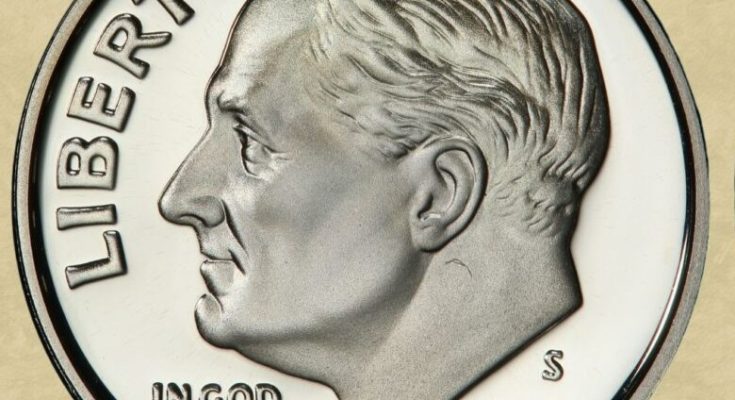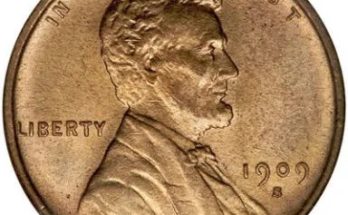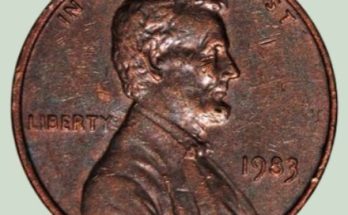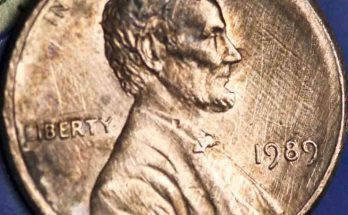Are Roosevelt’s dimes worth anything? Are 2001 dimes rare? If you are looking to collect Roosevelt dimes and build a worthwhile collection, you’ve come to the right place! Our 2001 dime errors list will reveal some of the most expensive Roosevelt dimes worth adding to your collection.
In circulated conditions, Roosevelt dimes are only worth their face value. Even uncirculated examples are generally worth more or less their face value, a testament of the dime’s abundance and affordability.
So, are dimes worth collecting? Absolutely yes! Collecting error dimes is one of the most rewarding ways to build a valuable collection. As our list of 2001 dime errors will reveal, coins with unique minting errors can be worth hundreds or thousands depending on the error’s rarity and desirability.
Read on for a comprehensive list of 2001 dime errors worth money.

1. 2001-D MS65 Dime Reverse Rotated Die Error
When collecting 2001 dimes, you might come across a rotated die error, which occurs when the die loosens and, consequently rotates during striking.
Due to the die rotation, you will notice an offset between the obverse and reverse designs. The obverse might be upright while the reverse design might be rotated at an angle, creating a dramatic appearance.
On some Roosevelt dimes, you might notice the portrait on the obverse has a perfect alignment while the torch and olive branches are rotated at a 45-degree angle or more. The greater the rotation or misalignment, the more valuable the coin tends to be.
In 2012, a collector at GreatCollections paid an impressive $980 for a rare 2001-D dime graded MS65 with a rotated die error, making this an excellent addition to your collection.
2. 2001-P MS69 Dime Partial Collar Error
Another error that comes up when collecting 2001 dimes is the partial collar error. This error occurs when the planchet is only partially seated in the collar during striking, resulting in a raised rim on one side of the coin.
A partial collar error is also noticeable by its “railroad rim” effect, which can be seen from the side of the coin. When you view the coin from this angle, the rim will appear as if it is doubled. The misalignment may also slightly distort the obverse inscriptions and reverse details near the edge, giving the coin an unusual yet appealing appearance.
In 2021, a pristine 2001-P dime graded MS69 with a partial collar error was sold for a staggering $1,450 at Heritage Auctions, marking it as one of the highest-graded partial collar dimes from 2001.
3. 2001-S MS67 Dime Feeder Finger Scrape Error
Next on our list of 2001 dime errors is the feeder finger, which occurs when the automated feeder misaligns, scratching the die and creating linear marks on the planchet.
Feeder fingers are automated metal arms that feed blank planchets into the striking chamber. Sometimes, these fingers become misaligned or damaged, causing them to scrape against the die surface. This damage is then transferred to the planchets, resulting in raised, linear marks on the coin’s surface.
No feeder finger patterns are similar, making this error particularly fascinating. In 2018, a spectacular 2001-S dime error graded MS67 with a feeder finger error fetched $1,100 at Stack’s Bowers Auctions.
4. 2001-D MS66 Dime Split Planchet Error
Another error you might encounter when collecting 2001 dimes is the split planchet error. Split planchets occur when the planchet’s metal alloy is improperly mixed, creating internal weaknesses that cause the planchet to split before or after striking.
On some coins, you might notice that the obverse design is almost intact while the reverse appears incomplete, as if part of the coin is “missing.” The exposed inner copper core exhibits a rough, granular texture, evidence of the internal flaw that caused the split in the first place.
A split planchet is one of the most dramatic errors you will come across in the 2001 dimes series. In 2008, a remarkable 2001-D dime graded MS66 with a split planchet error fetched $940 at an eBay auction, making this a worthwhile addition to your collection.
5. 2001-P MS67 Dime Double Rim Error
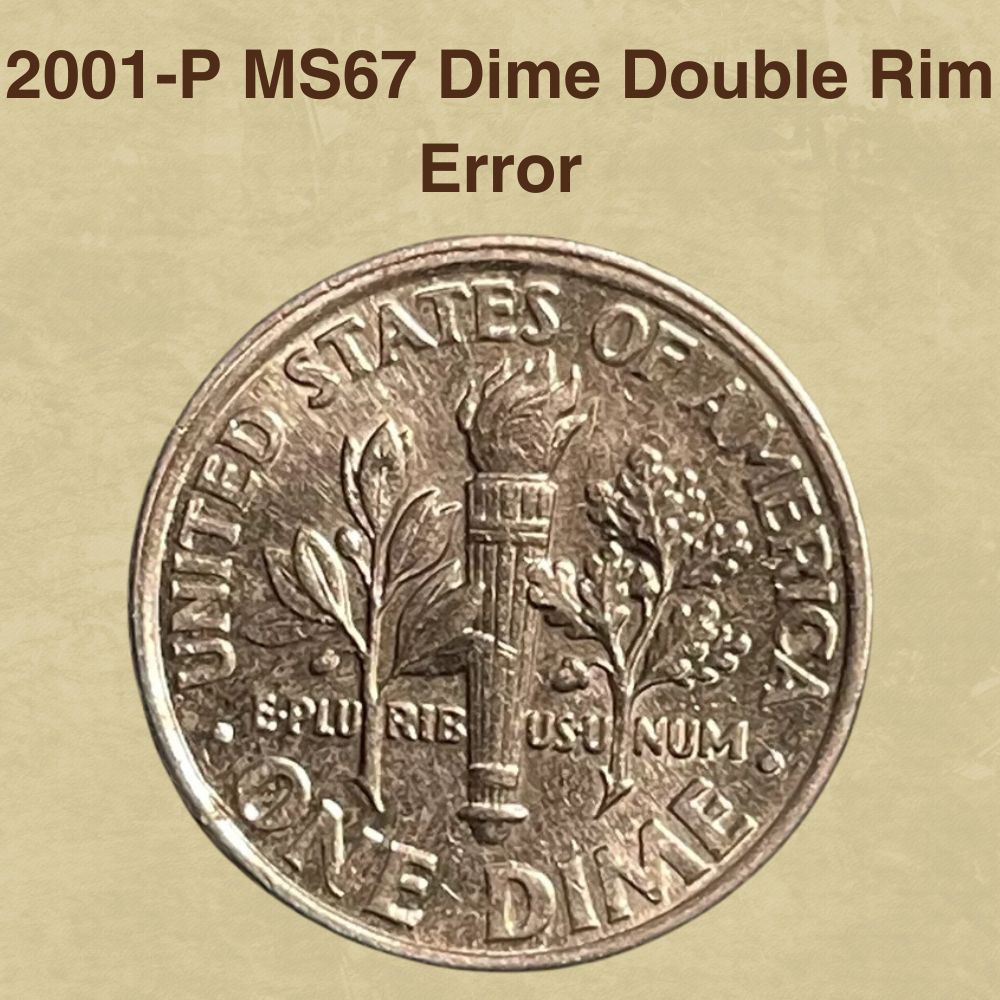
Another dramatic error that comes up when collecting 2001 dimes is the double rim, which appears when the planchet shifts slightly in the collar, causing the die to create two visible and distinct rim impressions.
This error is particularly noticeable on the coin’s obverse, where the dual rim creates a shadow-like appearance around Roosevelt’s profile. On the reverse, the double rim is less prominent but still visible along the outer edges of the torch and olive branches.
In 2019, a collector bought a 2001-P dime graded MS67 with a double rim error for $1,120 at a GreatCollections auction, making this yet another error worth pursuing for your collection.
6. 2001-S MS68 Dime Missing Clad Layer Error
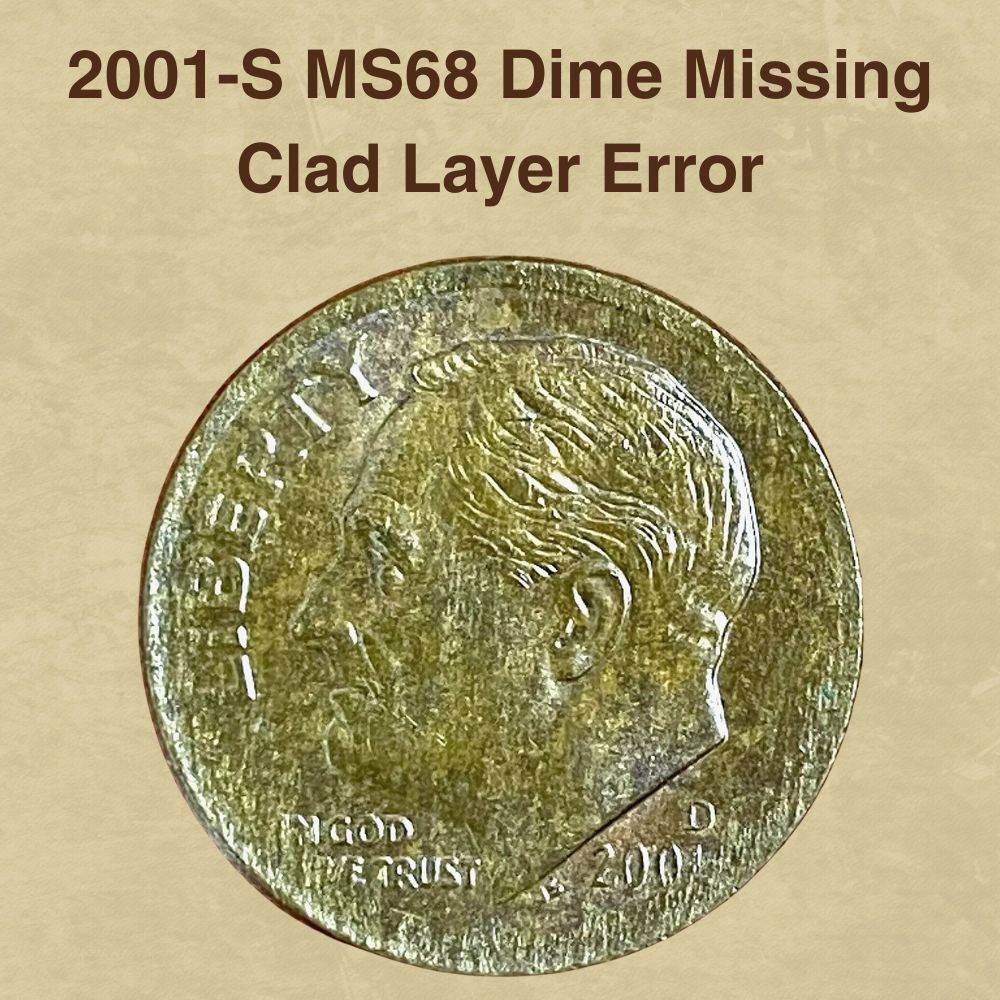
The next one on our list is the missing clad layer error, which is caused by impurities in the metal during the planchet preparation process. Missing clad layer or lamination errors occur when a thin layer of metal peels away from the coin’s surface, leaving a jagged, irregular appearance while also exposing the inner copper core.
A missing clad layer error highlights the complexities of the minting process—even minute impurities in the alloy can result in significant minting flaws. Generally, laminated coins tend to enter circulation before collectors notice them. Uncirculated dimes with a missing clad layer error are extremely rare, making them even more desirable to collectors.
In 2016, a stunning 2001-S dime graded MS68 with a missing clad layer error sold for $1,280 at a Heritage Auctions event.
7. 2001-D MS69 Dime Struck Through Grease Error
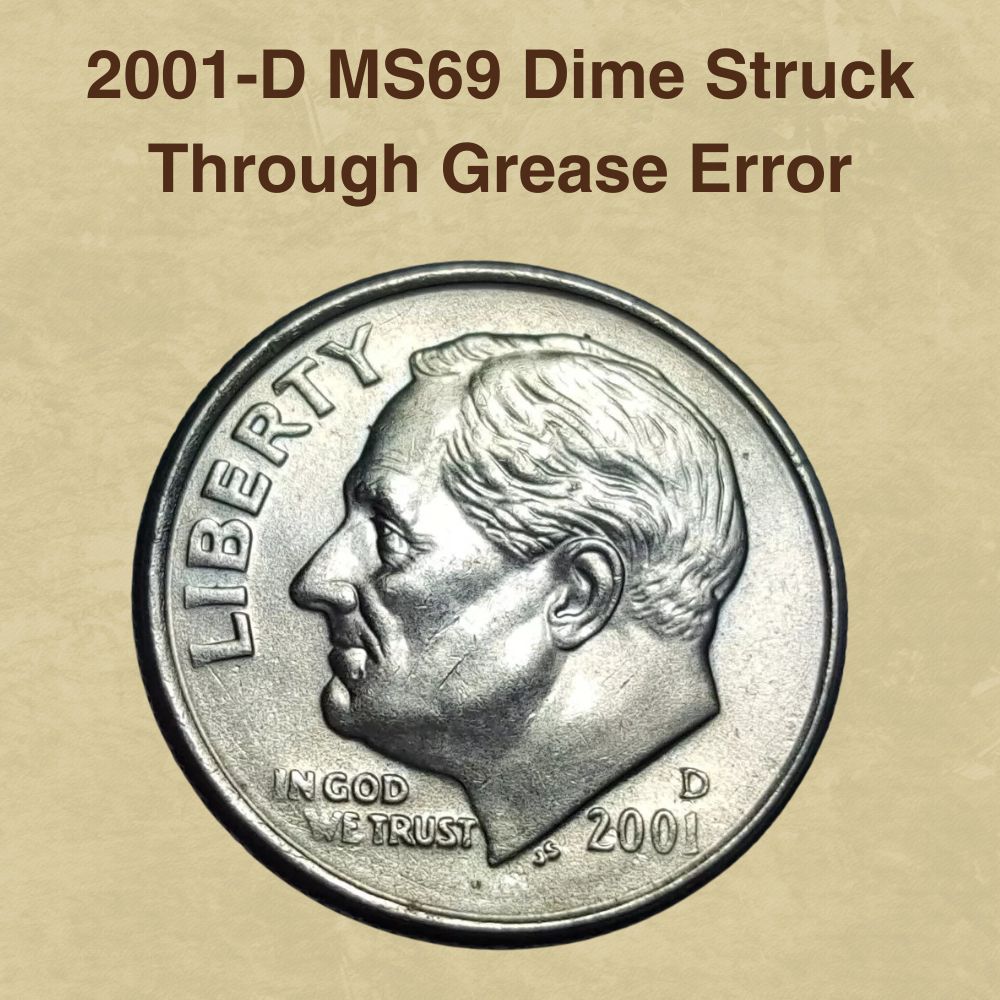
Next on our list of 2001 dime errors is the struck-through, which occurs when a foreign object is struck between the die and planchet, leaving a noticeable impression on the coin’s surface.
Common foreign objects that may enter the pressing hub include grease, paper, cloth, strings, and hair. In the case of a grease struck-through, the lubricant will partially obscure the die’s design resulting in a weak strike or missing details.
In 2023, a collector on eBay paid an eye-catching $1,490 for a 2001-D dime graded MS69 with a strike-through grease error, setting a record for struck-through errors. On this dime, the error was most evident on the reverse, where the flame and parts of the olive branch appear faint.
8. 2001-P MS68 Dime Saddle Strike Error
An error that comes up in the 2001 Dimes series is the saddle strike, which occurs from a misfed planchet during the striking process. This results in the planchet being struck twice, creating two overlapping impressions in slightly different positions.
